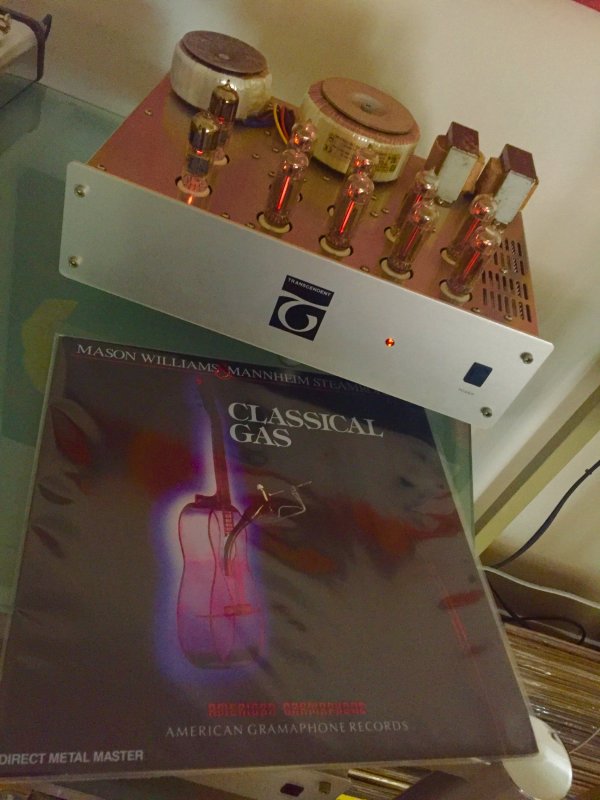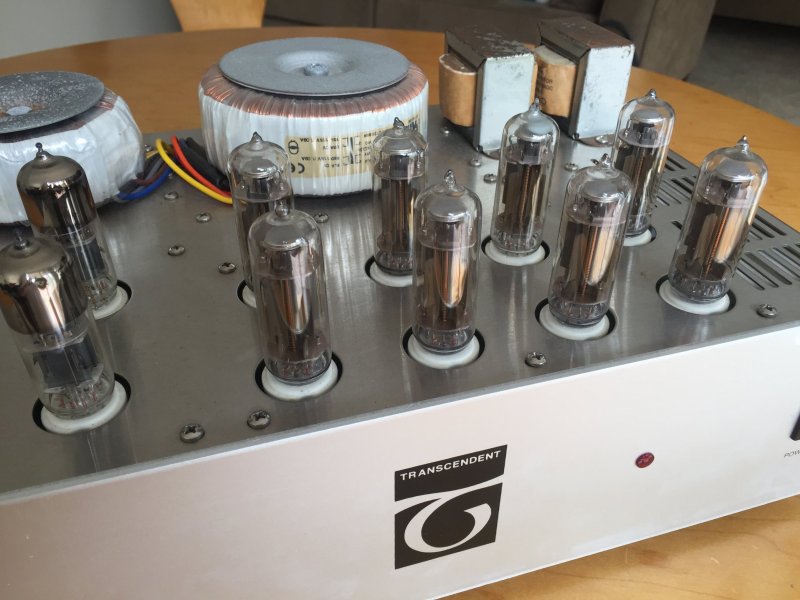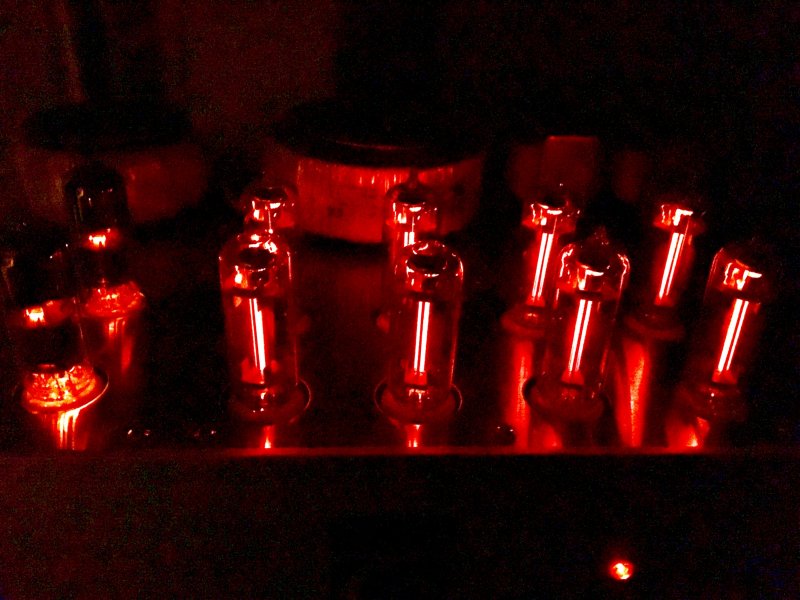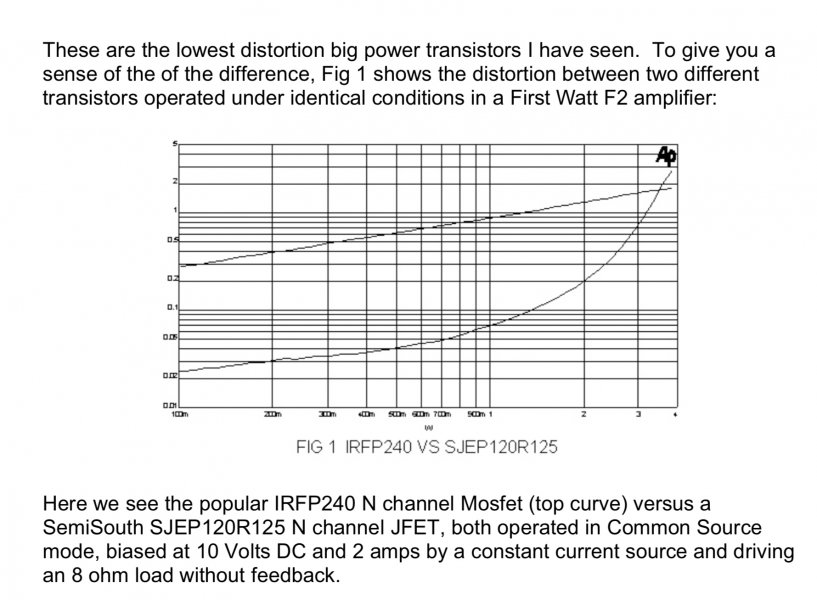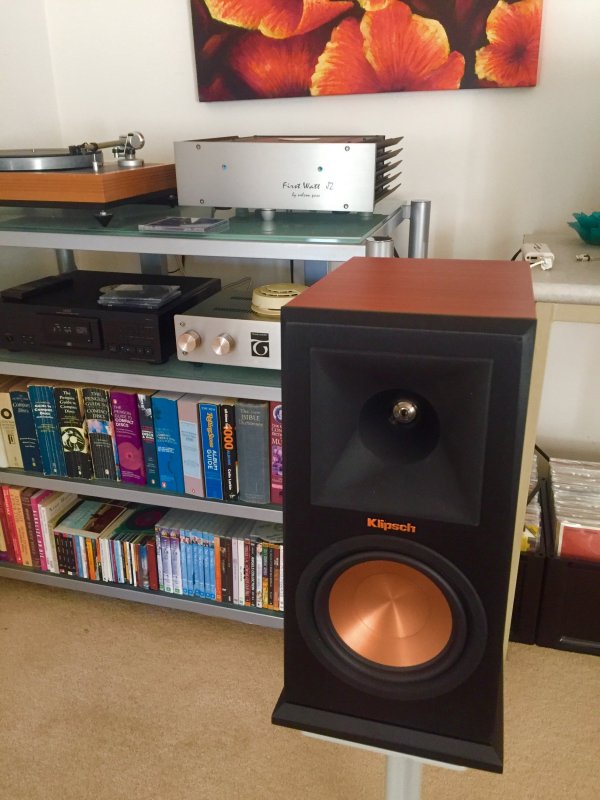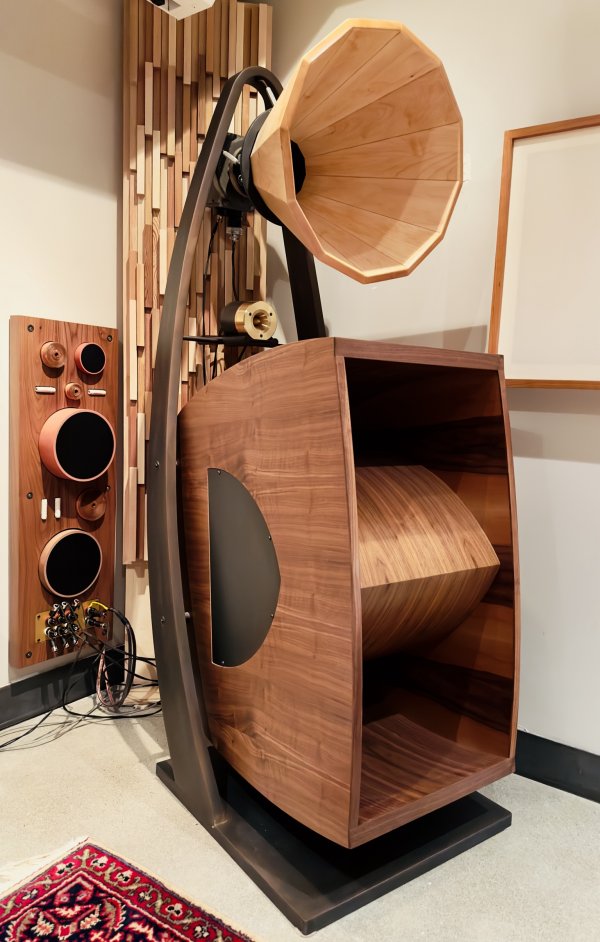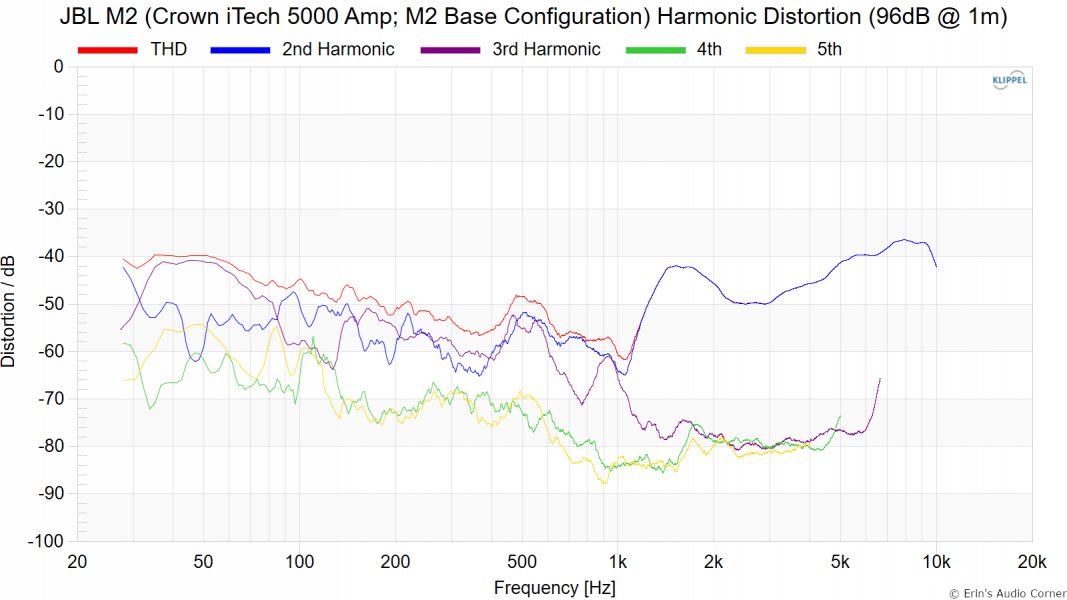Umm.. you’re assuming an average speaker efficiency of 85 dB. Of course, you’re right — I would never use a 2 watt amplifier with my Harbeth Monitor 40.1s, which have an efficiency of 84 dB, or for that matter, with my 30+year old Martin Logan CLS’es, whose efficiency is less than 80 dB!
But my primary speaker these days is a pair of Klipsch La Scalas, whose efficiency is 105 dB. 1 watt into the La Scalas will produce, trust me, sound that is so loud you’d go deaf quickly. For the La Scalas, I don’t see any reason to go above 5-10 watts. I have driven them with a range of amplifiers, from SET tubes to class A solid state amplifiers to PWM digital amplifiers.
By a significant margin, SETs produce the best sound, with a majestic wraparound sound staging and a seamless ravishing midrange. It’s surreal that a 200 pound refrigerator sized behemoth can be driven so effortlessly by flea sized tube amplifiers that produce less heat than my solid state class A 25 watt amplifier (First Watt J2), but that‘s the brilliance of Klipsch‘s genius. 70 years since he designed the corner mounted Klipschorn, most audiophiles have not grasped the fundamental advantages of horn loaded designs, not least of which is low distortion. You talk of the need to produce 105 dB for recreating
live sound. What you don’t say, which is even more important, is that you hear 105 dB peaks in an orchestra with 0% distortion (by definition, live unamplified sound has no distortion!)
Ok, tell me which loudspeaker will produce 105 dB levels with 0%. distortion?None! Ok, which will produce the lowest distortion at 105 dB? That’s the Klipschorn and the La Scalas, which have distortion around 0.1% even at 100+ dB. Your garden variety 85 dB efficient moving coil, even the most expensive JBLs, Magicos, Wilson’s, all will produce 10 % distortion or worse at that sound level, particularly in the bass where most moving coil dynamic speakers perform very poorly. Check out the distortion curves of the ultra expensive JBL M2 even at 96 dB. The thing is going to pieces in the bass with distortion at -40dB. At 105 dB, it’s probably completely distorting. Goodbye, high fidelity.
JBL M2 Master Reference Monitor
www.erinsaudiocorner.com
View attachment 101177
















